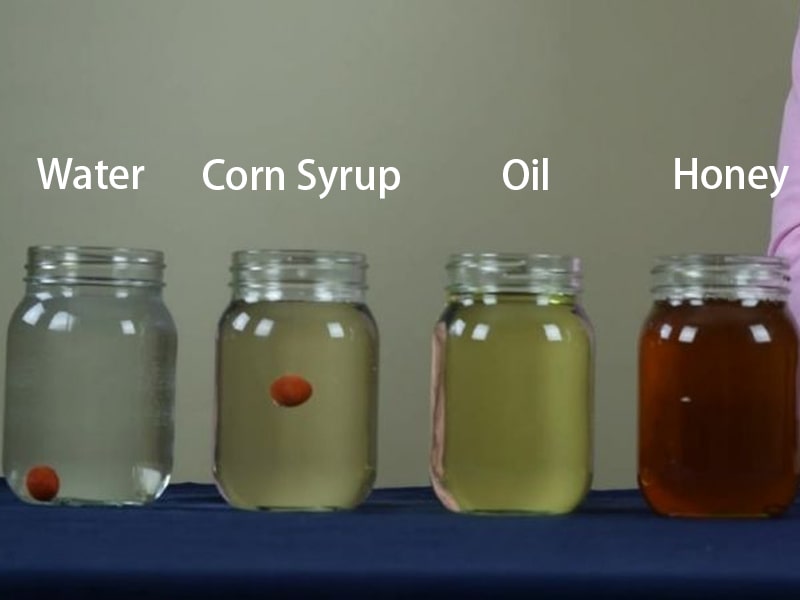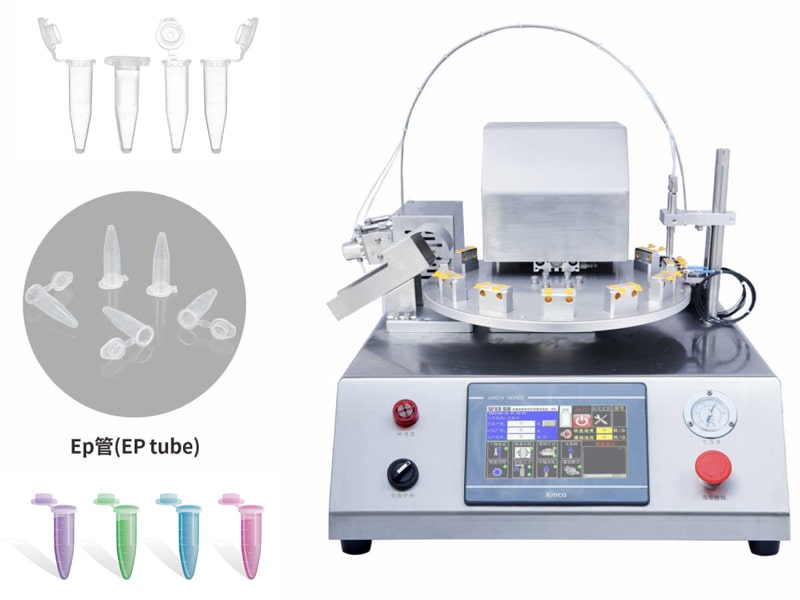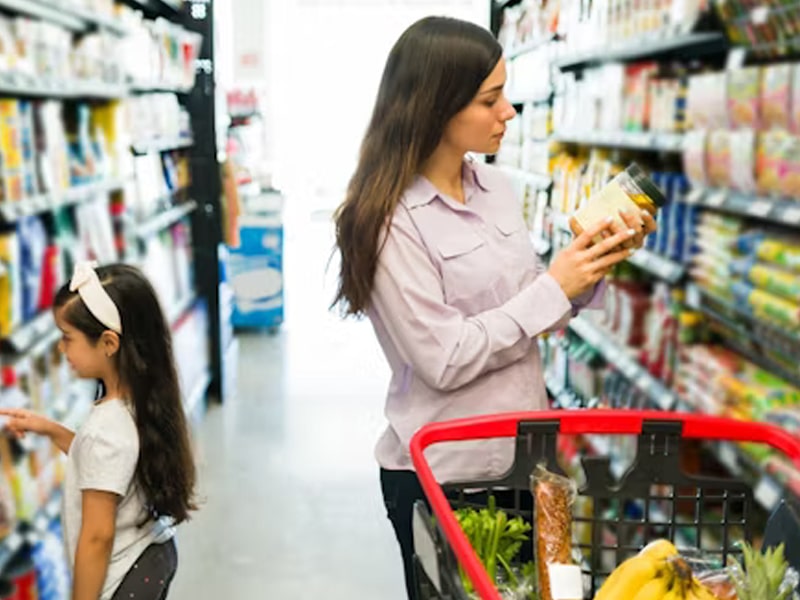Understanding Product Labeling
Product labeling is a crucial part of any product’s packaging and branding strategy. Labels serve as the face of the product, often influencing a consumer’s first impression. In addition to marketing and brand identity, labeling communicates vital information (ingredients, usage instructions, expiration dates) and ensures regulatory compliance. Proper labeling builds consumer trust and avoids legal issues, since many industries mandate strict label regulations. Understanding these labeling categories is essential for optimizing production efficiency and product quality.
Machine Categories: Manual, Semi-Automatic, and Automatic Labelers
Labeling machines vary widely in their level of automation and functionality. They can be broadly categorized into manual, semi-automatic, and automatic labelers. Manual labelers are simple, low-cost devices operated by hand, ideal for very small production runs. Semi-automatic machines add some automation (typically a label dispenser combined with a foot switch or sensor), improving speed and consistency over fully manual operation. Fully automatic systems integrate with conveyor lines to apply labels at high throughput with minimal human intervention. These automated labelers offer precise placement and high speed, suitable for large-scale production.
Labeling Applications by Position and Function
Labels can be applied in various locations on a package, leading to different labeling types. Wrap-Around labeling applies a label fully around the circumference of cylindrical containers such as bottles, cans, and vials. During wrap-around labeling, the container rotates while the label is applied, producing a seamless 360° wrap. This technique is common in beverages, food, and pharmaceutical industries, where cylindrical bottles dominate packaging.
Top & Bottom labeling refers to labels applied on the top or bottom surfaces of products. For example, the lids of cartons or bases of trays often need labels for batch numbers, barcodes, or branding. Labeling both the top and bottom can display essential information (like production data or logos) on flat packaging surfaces, commonly used in food packaging and consumer goods.
Front & Back (Two-Side) labeling is used for rectangular or square containers with labels on opposite sides. Many consumer products have a branded label on the front and regulatory or ingredient information on the back. Dual-sided labeling machines can apply two labels (front and back) simultaneously, improving efficiency. This is common in cosmetics, detergents, and food products, where aligned front/back labeling is important for shelf appeal and compliance.
Tamper-Evident / Corner labeling involves placing a label that wraps over an edge or corner of a package, acting as a seal. For example, an L- or C-shaped label may cover the top corner of a box. This type of labeling requires high precision to ensure the label adheres securely to adjacent surfaces. Tamper-evident corner labels are widely used in pharmaceuticals, electronics, and high-value goods to indicate if a package has been opened.
Other specialized applications include neck labeling (around bottle necks) and horizontal labeling on irregular shapes. In all cases, the labeling machine must match the container shape and desired label position. For instance, wrap-around labelers for round bottles are different from top-labelers for cartons or corner-labelers for boxes. Working with a knowledgeable labeling machine manufacturer ensures the chosen equipment fits specific product formats and labeling requirements.
Labeling Methods and Materials
Besides placement, labeling also differs by label material and bonding method. Common labeling methods include:
- Pressure-Sensitive (PSL) labeling: Uses self-adhesive labels applied by pressure. This is the most widely used method due to its simplicity and versatility (no heat or water needed).
- Hot Melt labeling: Employs a hot-melt adhesive to bond the label to the container. This produces a very strong, moisture-resistant bond suitable for demanding conditions.
- Wet Glue labeling: Uses a water-based adhesive applied to the label or container. It is commonly used for paper labels on glass bottles (e.g. wine or beverages). Wet-glue systems can produce high-quality finishes but require more maintenance.
- In-Mold Labeling (IML): Integrates labels during the plastic molding process. A pre-printed label is placed in the mold; as the container forms, the label becomes part of the product wall. IML offers excellent durability and chemical resistance.
- Shrink Sleeve labeling: Wraps a heat-shrinkable plastic sleeve around the container and passes it through a heat tunnel. The sleeve shrinks tightly around any shape, providing 360° coverage and eye-catching graphics. Shrink sleeves maximize design space on uniquely shaped products.
- Print-and-Apply labeling: Combines printing and application in one system. The machine prints variable data (barcodes, batch numbers, dates) on demand and immediately applies each label. This is ideal for products requiring frequent label changes or serialized information.
Each method offers advantages: pressure-sensitive labels are quick and easy, hot-melt provides extra bond strength, wet-glue can achieve premium looks, IML yields permanent embedded labels, shrink sleeves cover the whole product, and print-and-apply enables on-the-fly printing.
Choosing the Right Labeling Solution
Selecting the appropriate labeling approach depends on multiple factors. Key considerations include:
- Product Shape and Size: Cylindrical products require wrap-around or sleeve labeling, flat surfaces suit top/bottom labels, and boxes/cases may use front/back or corner labelers.
- Label Material and Environment: The container surface (glass, plastic, metal) and conditions (temperature, moisture, chemicals) determine the best label stock and adhesive.
- Production Volume and Speed: High-volume operations often use fully automated or print-and-apply systems, while low or variable volumes may use semi-automatic or manual labelers.
- Accuracy and Compliance: Industries like pharmaceuticals or food may require precise labeling and regulatory information; automatic systems generally offer higher consistency and can integrate inspection.
- Cost and ROI: Automatic machines have higher upfront cost but lower labor per label. Evaluate total cost of ownership (equipment, labels, maintenance) relative to production needs.
Consulting with experienced packaging engineers or labeling equipment suppliers helps match these factors. A reliable labeling machine manufacturer will recommend the right labeler type and method based on your product and regulatory requirements.
Labeling Machine Manufacturers and Labelers
Leading labeling equipment suppliers, such as Xuebapack (SFXB), produce machines for the full range of labeling types. They offer wrap-around labelers for round bottles, top-and-bottom labelers for cartons, sleeve applicators, and corner labelers for tamper seals. When evaluating a manufacturer or supplier, look for:
- Proven Expertise: A history of supplying machinery to your industry (pharma, food, cosmetics, etc.).
- Technical Support: Training, spare parts availability, and responsive service to minimize downtime.
- Customization: Ability to adapt machines to unique package sizes, line speeds, and regulatory needs.
For example, SFXB (Xueba) specializes in high-speed automatic labelers that integrate into modern production lines, helping customers worldwide achieve efficient and compliant labeling. They emphasize durability, precise label placement, and easy integration on global packaging lines.
Conclusion
There is no single “one-size-fits-all” labeling solution. Instead, product labeling can be categorized by machine automation (manual, semi, automatic), label placement (wrap-around, top/bottom, side, corner) and application method (pressure-sensitive, hot-melt, wet-glue, IML, shrink sleeve, print-and-apply). Understanding these various labeling types and methods allows businesses to make informed decisions that enhance branding, ensure compliance, and improve operational efficiency. By choosing the appropriate labeling solution, companies can optimize product presentation and maximize cost-effectiveness.






Comments